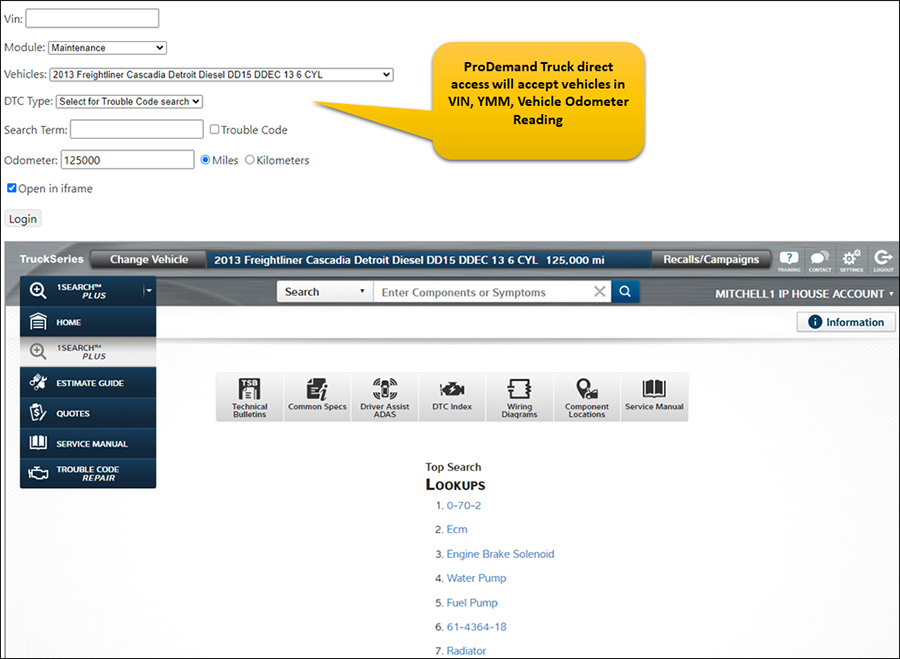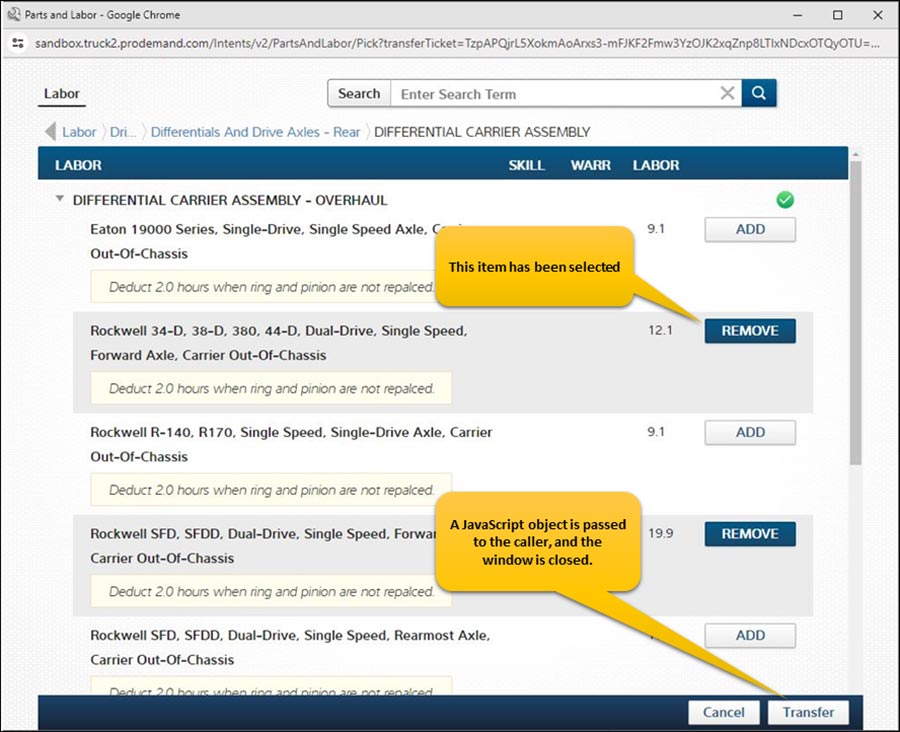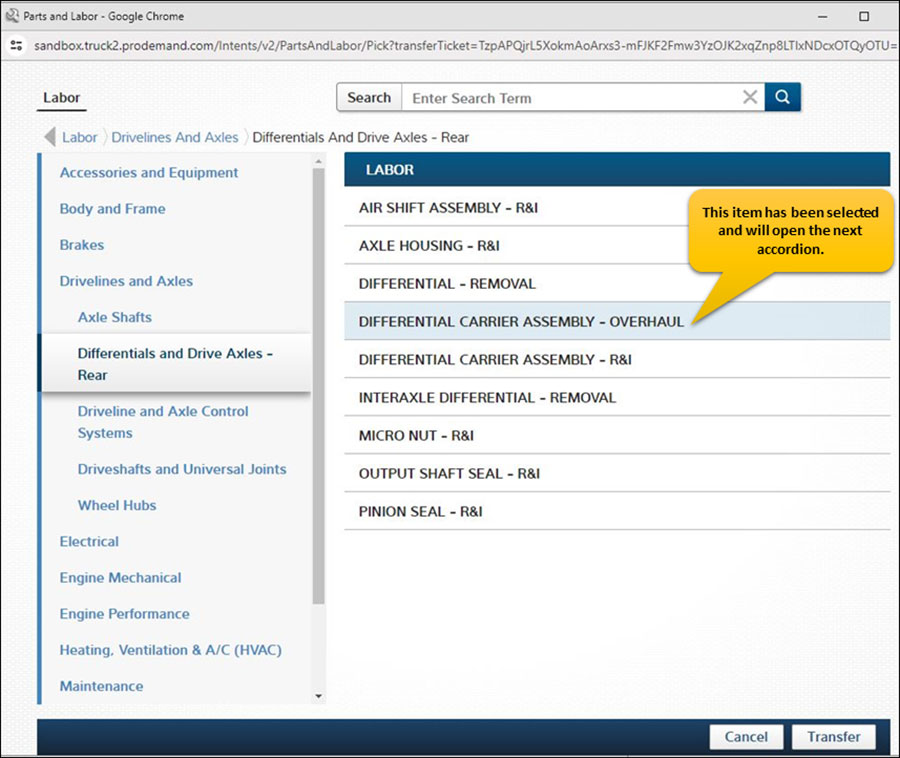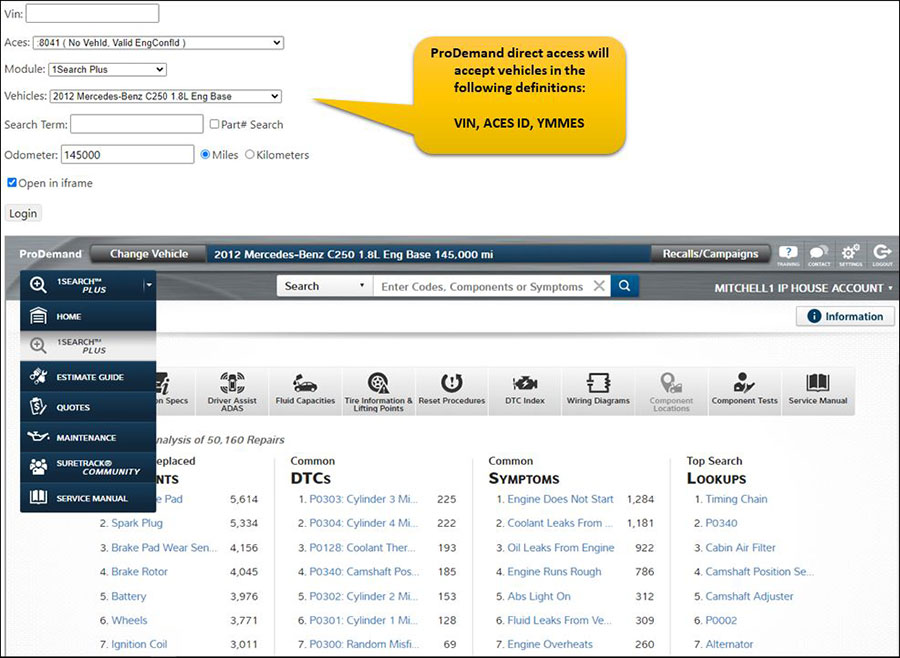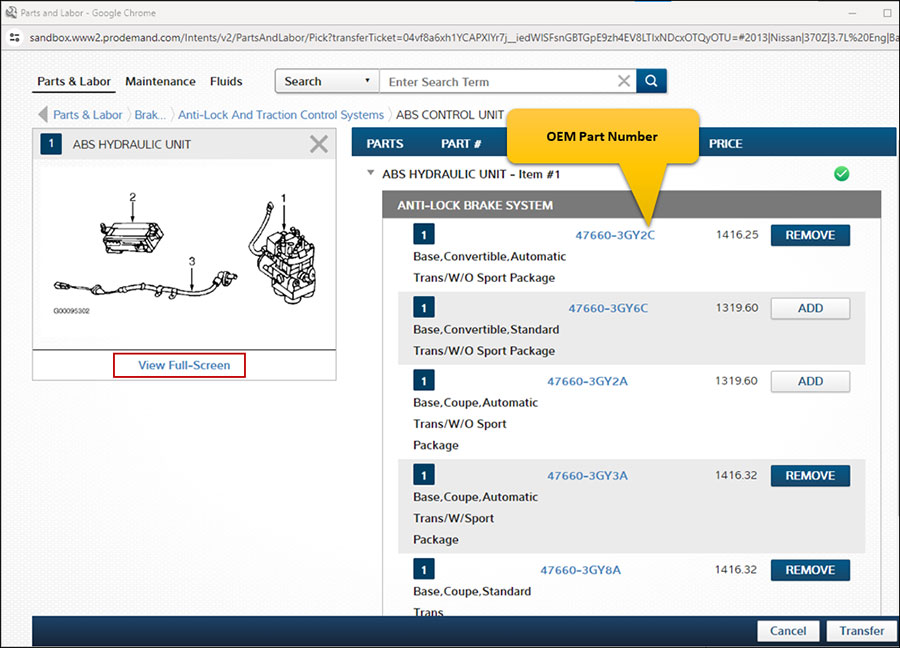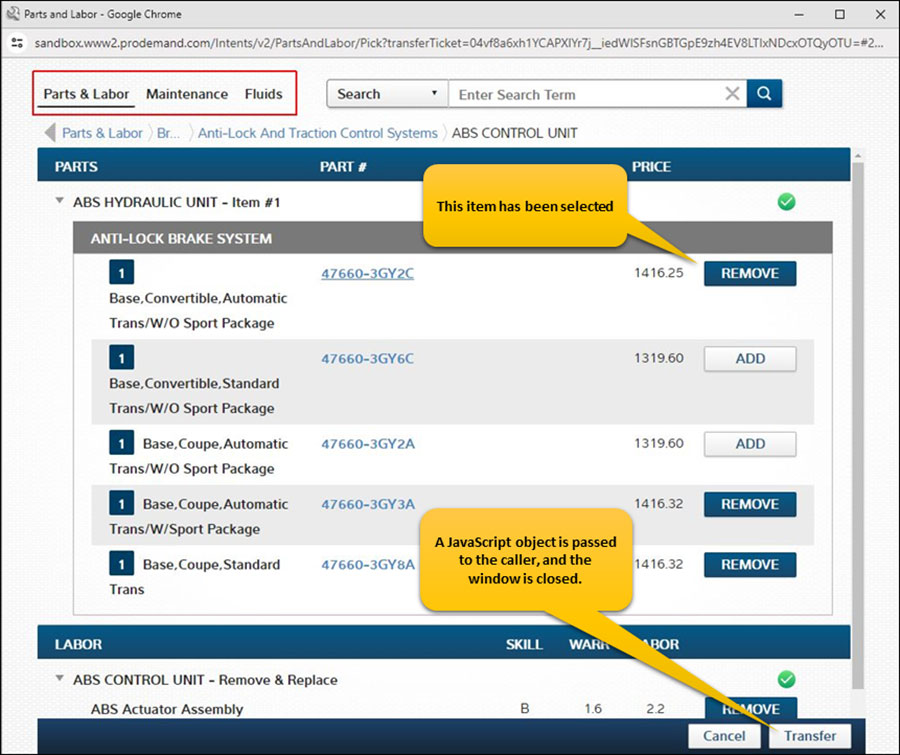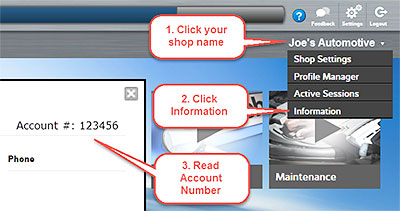Shop Connection Blog

Introducing OneProfile: A Unified Navigation System to Quickly Access Mitchell 1/Snap-on Software Tools
December 17, 2025
Introducing OneProfile, a unified navigation launcher for Mitchell 1 and Snap-on® software that simplifies access to your repair applications. With one click, move between ProDemand, TruckSeries, ALTUS Drive, SureTrack, and more – fewer logins, faster workflows, and more time for repairs.
Read More
Read More

SureTrack Real Fix: 2018 Jeep Renegade Latitude
December 5, 2025
In the automotive industry, ensuring that every component of a vehicle functions correctly is crucial for safety and performance. One common issue that many automotive professionals encounter is related to the Electric Park Brake (EPB). In this blog, we will discuss a specific case involving a 2018 Jeep Renegade Latitude, where the red brake light and Diagnostic Trouble Code (DTC) C140B-94 appeared after a collision repair.
Read More
Read More

SureTrack Real Fix: 2013 Ford Flex Limited
November 21, 2025
A 2013 Ford Flex wouldn’t start after PCM replacement, despite the scanner claiming programming was complete. The real fix? Dealer-level programming. This case shows why reliable tools and OEM access are critical for module installs. Don’t trust a false “success” message, verify your equipment before you begin.
Read More
Read More
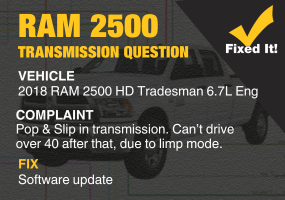
SureTrack Real Fix: 2018 RAM 2500 HD Tradesman
November 20, 2025
A 2018 RAM 2500 entered limp mode after a transmission slip and P0870 code. The fix wasn’t mechanical—it was electronic. A software update per OEM TSB resolved the issue, proving that modern transmission problems often require programming, not parts. Always check for updates before major repairs.
Read More
Read More
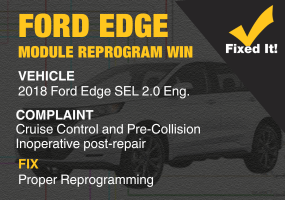
SureTrack Real Fix: 2018 Ford Edge SEL 2.0L
November 18, 2025
After replacing the Cruise Control Module on a 2018 Ford Edge, both cruise control and Pre-Collision Assist systems failed to operate. The fix? Reprogramming the module using Ford’s as-built data. This common issue highlights the importance of OEM programming after module replacements to restore full system functionality.
Read More
Read More

The Power of Online Scheduling with Mitchell 1’s SocialCRM & Manager SE
Online scheduling is no longer optional; it’s essential for auto repair shops. Mitchell 1’s SocialCRM Online Appointment feature, integrated with Manager SE, streamlines booking, reduces no-shows, and improves workflow. Giving your customers 24/7 access while boosting shop efficiency and profitability. Learn why online scheduling is a game-changer for modern repair shops.
Read More
Read More

Lost in Typo Translation? Not Anymore with the new ‘Did You Mean’ Feature in 1Search Plus
October 23, 2025
Tired of “No results found” due to typos? The new “Did You Mean” feature in 1Search™ Plus helps auto repair pros find the right fix faster. Now available in ProDemand®, ShopKey® Pro, and TruckSeries, it corrects misspelled terms instantly—saving time, boosting accuracy, and improving shop productivity.
Read More
Read More
Search
Keep in Touch
Be the first to learn about the freshest news, insights, and stories from our community.
